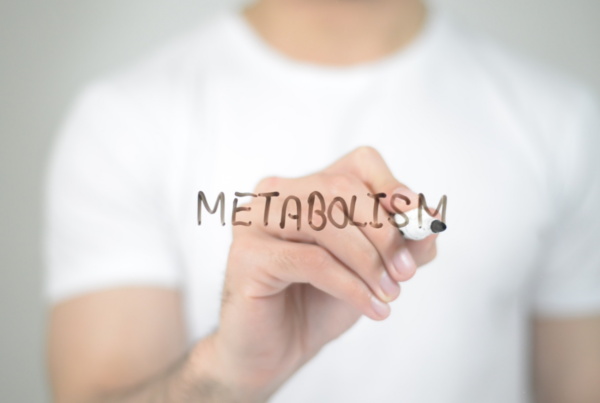
Written by Dr. Shayne Morris PhD, MBA, CNS
The microbiome is everywhere, at least everywhere on and in our body, especially areas that have access to our environment. We have long known that microorganisms have diverse relationships to us. Microbiological terms for these relationships are: mutualistic – both the bacteria and the host benefit; commensal – a relationship that is beneficial to the bacteria but does not help or harm the host; parasitic – one in which the bacteria benefit while the host is harmed. Each of these relationships educates our immune system, among other things. Through their diversity, the microbiota are in integral tissue, in fact, essentially another vital and dynamic organ.
Speaking of uniqueness and diversity, different areas of our body constitute microbial niches or ecosystems. Today we are talking about one such ecosystem, our reproductive organs. In the human population, the ratio of penises to vaginas is 101 to 100.
Since just about half the world’s population have vaginas, and most of you came into the world through one, (sorry C-section babies), it seems appropriate to spend some time learning about how our vaginal microbiota helps shape human health. In fact, the vagina, a muscular canal that connects the uterus to the vulva, houses a vaginal microbiota usually comprised of mutualistic organisms that have major impact on health and disease in the host (us). Therefore, be weary of all “female products” in your local grocery store that promote eradication of vaginal bacteria because they are all bad. However, the truth is that the vagina’s carefully balanced microorganisms play a crucial part in overall health. A kill all paradigm is what we hope to change. That’s not to say pathogenic microorganisms cannot take up residence in the vagina, our contrary thinking is that a healthy vaginal micro community actually prevents pathogens from thriving.
For the longest time, experts viewed the microbial community of the vagina as being overwhelmingly made up of Lactobacillus bacteria. Lactobacillus is a genus of Gram-positive, facultative anaerobic or microaerophilic, rod-shaped, non-spore- forming bacteria. They are a major part of the lactic acid bacteria group (i.e. they convert sugars to lactic acid). The result of this is the establishment of somewhat acidic conditions in the vagina, which are toxic to many pathogenic microbes. Thousands of years ago, humans started to make and eat foods such as cheese and yogurt, after fermenting milk. These products contain large amounts of Lactobacillus bacteria, leading some scientists to hypothesize that this is when vaginas may have acquired these microorganisms, as microbes in feces found their way from one part of the body to another.
Vaginas are ideal spots for Lactobacillus to thrive, since they contain low levels of oxygen, and – during a female’s reproductive years – have plentiful amounts of the sugars that keep Lactobacillus well-fed.
The balance of microbes in the vagina is a delicate one, and it can be easily disturbed by normal occurrences such as intercourse or menstruation. Semen, for example, can lower the vagina’s acidity – and along with menstruation this can lead to a reduction in Lactobacillus levels, enabling other microorganisms to thrive. Now, a female may have figured the functions of the vagina to be more for reproductive purposes, but the vagina is also a factory for “good bacteria”. Take the extraordinary work of a team of scientists from UCSF, led by microbiologist and chemist Michael Fischbach.
Effectively, they’ve identified a potentially powerful anti-microbial, made by bacteria that live in the vagina called Lactocillin (there’s that “lacto” again). It is what’s known as a Thiopeptide, a class of anti-microbials produced by bacteria, many members of which show promise against the most vile concerns. Fischbach’s team used a cool methodology into which they built a machine learning algorithm, then trained a computer program to recognize genes they already knew could generate molecules with the capacity to fight off those that cause concern. When they used this process to search for similar genes in the human microbiome, they were staggered to find literally thousands of them within the microbes living in and on the human body. One of these, found in the vaginal microbiome, was Lactobacillus gasser, a symbiont to battle on our behalf against those pathogens that haunt our health. Clearly, as we understand the amazing relationships with our microbiome, we want to do everything possible to maintain the health of the microbiome.
The real take home message is; the vagina is a force to be reckoned with.






